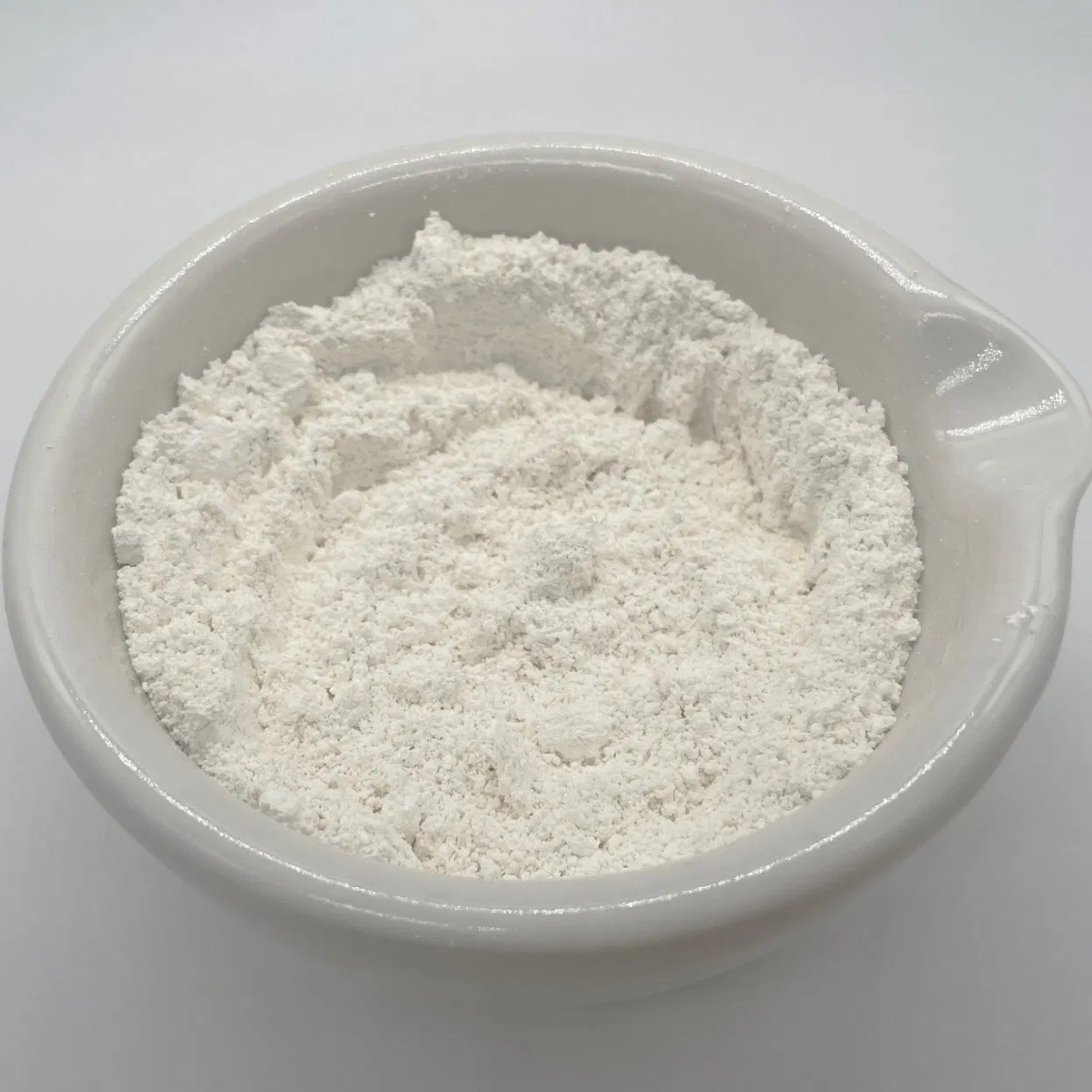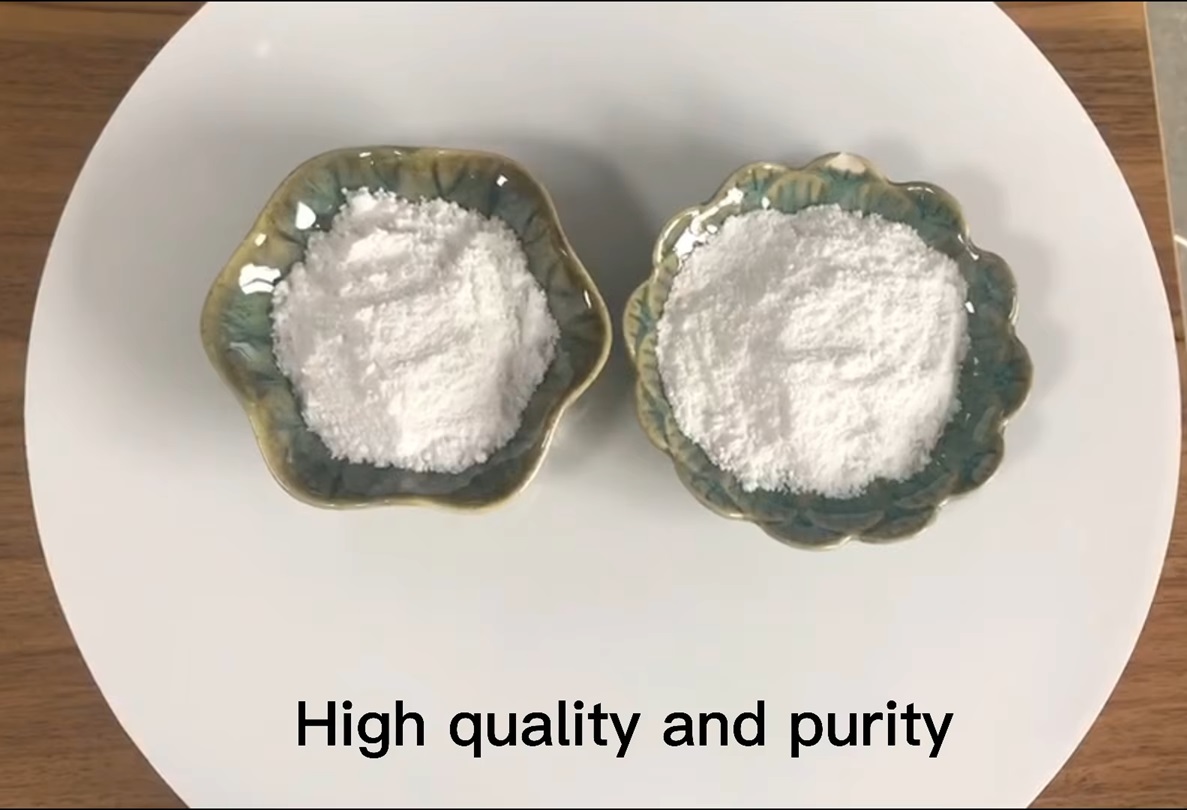We unleash your business potential by maximize the business innovation.
Send EmailTriclosan, 3380-34-5
CAS No: 3380-34-5
Triclosan is an organic compound used as a broad-spectrum antibacterial and antifungal agent. First discovered in the 1960s and commercially used in the 1970s, triclosan is used in many consumer products to prevent microbial growth.
Chemical Structure and Properties:
Chemical Formula: C₁₂H₇Cl₃O₂
Chemical Name: 5-chloro-2-(2,4-dichlorophenoxy)phenol
Physical Properties: It is in the form of a white powder and is slightly soluble in water, but better soluble in alcohol and other organic solvents.
Areas of Use:
Personal Care Products: Triclosan is widely used in products such as toothpastes, soaps, deodorants, and shaving creams.
Medical Products: Bandages and surgical instruments containing triclosan are used to reduce the risk of infection.
Household Products: Kitchenware, toys, garbage bags, and textiles may contain triclosan to prevent microbial growth.
Tricosan-Containing Toothpastes
Tricosan is used in some toothpastes to prevent plaque formation and gum disease. Below, you can find comprehensive information about the properties, benefits, side effects, and alternatives of triclosan-containing toothpastes.
Benefits of Using Triclosan in Toothpastes:
Antibacterial Effect: Triclosan provides an effective defense mechanism against bacteria in the mouth. It prevents plaque formation and gingivitis.
Periodontal Health: Helps reduce gum disease (gingivitis and periodontitis).
Combination Products: Usually used with zinc citrate or fluoride, it strengthens tooth enamel and prevents cavities.
Side Effects and Controversies:
Antibiotic Resistance: The widespread use of triclosan may cause some bacteria to develop resistance. This may reduce the effectiveness of antibiotics.
Hormone Disrupting Effects: Some studies have shown that triclosan may have hormone disrupting properties and may affect the functioning of body hormones such as thyroid hormones.
Environmental Effects: It may harm the environment when it enters water supplies. It may have toxic effects in aquatic ecosystems through bioaccumulation.
FDA Regulations: In 2016, the U.S. Food and Drug Administration (FDA) banned the use of certain soaps and antiseptic products containing triclosan. Its use in toothpastes is permitted within certain limits.
Alternative Substances and Products:
For those who do not want to use triclosan, other antibacterial agents can be used in toothpastes. These alternatives are generally less controversial and are considered more environmentally friendly.
Zinc Citrate: A compound with antibacterial properties that prevents plaque formation.
Chlorhexidine: A powerful antiseptic that is effective in preventing gum disease.
Essential Oils: Natural antibacterial agents, especially tea tree oil, peppermint oil, and eucalyptus oil, can help maintain oral health.
Fluoride: Fluoride, which is effective in preventing tooth decay, is a common ingredient in toothpastes.
Studies on Triclosan-Containing Toothpastes
Studies on the effectiveness and safety of triclosan-containing toothpastes have shown both positive and negative results.
Positive Results: Some studies show that triclosan-containing toothpastes are effective in reducing gum disease and plaque formation.
Negative Results: Other studies suggest that long-term use of triclosan may increase the risk of developing antibiotic resistance and may lead to hormone imbalances.
Tricosan is an antibacterial agent commonly used in toothpastes and other personal care products. It may be effective in preventing gum disease and plaque formation, but it also has potential side effects, such as antibiotic resistance and hormone-disrupting effects.
Before using triclosan toothpastes, it is important to learn about alternative antibacterial agents and products and consult with your doctor or dentist. It is important to make informed choices about triclosan use to minimize environmental and health risks.

